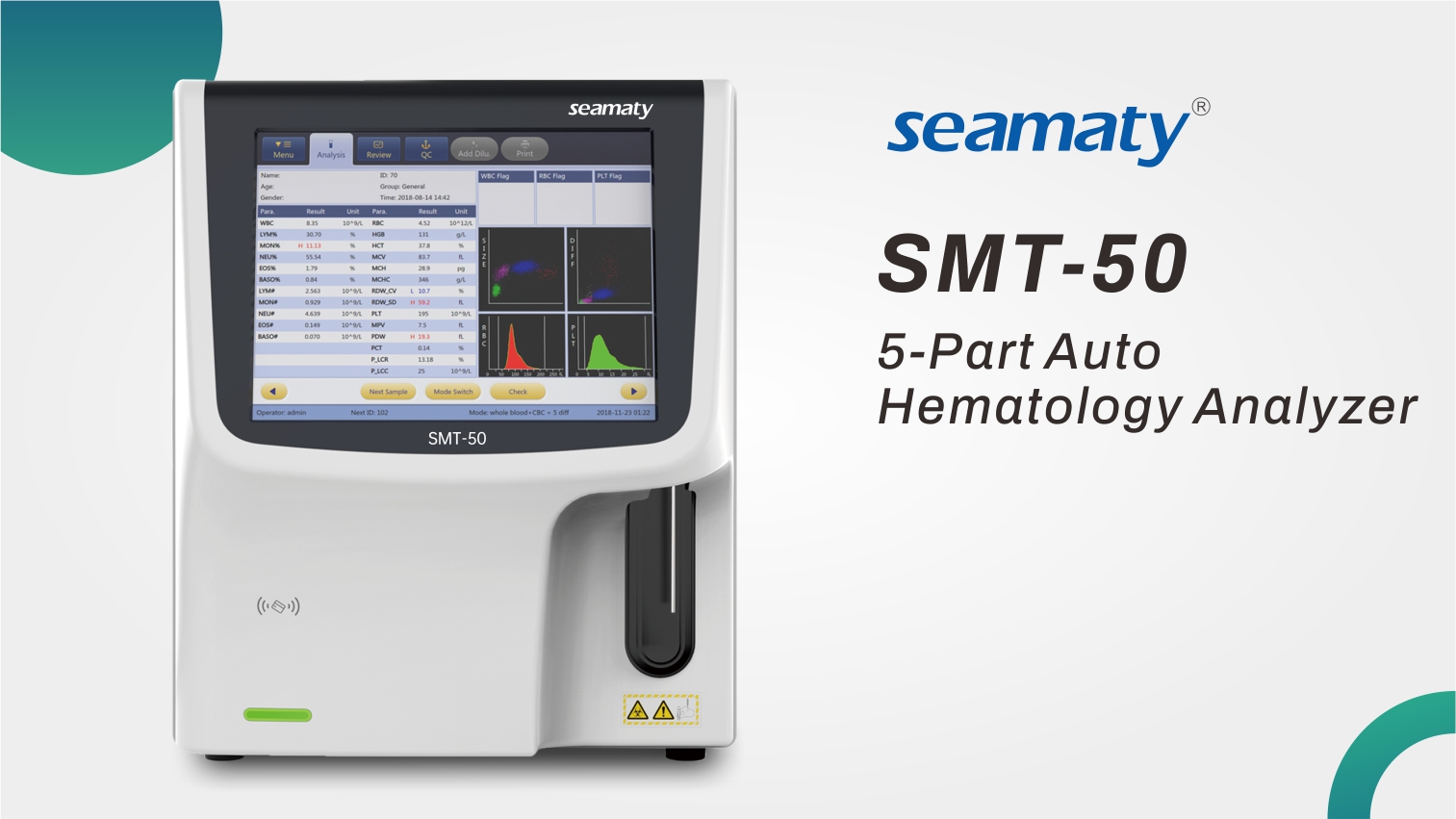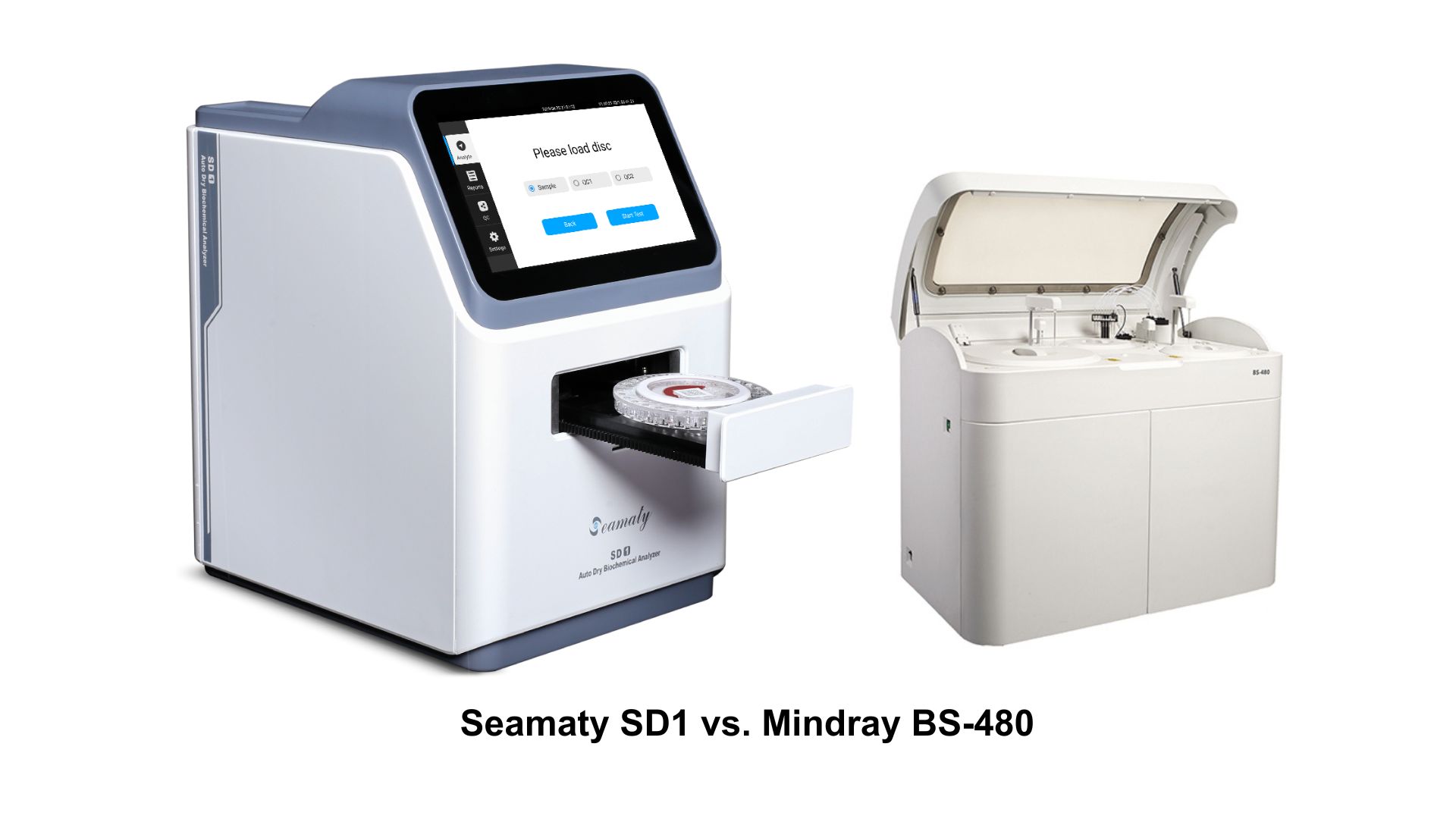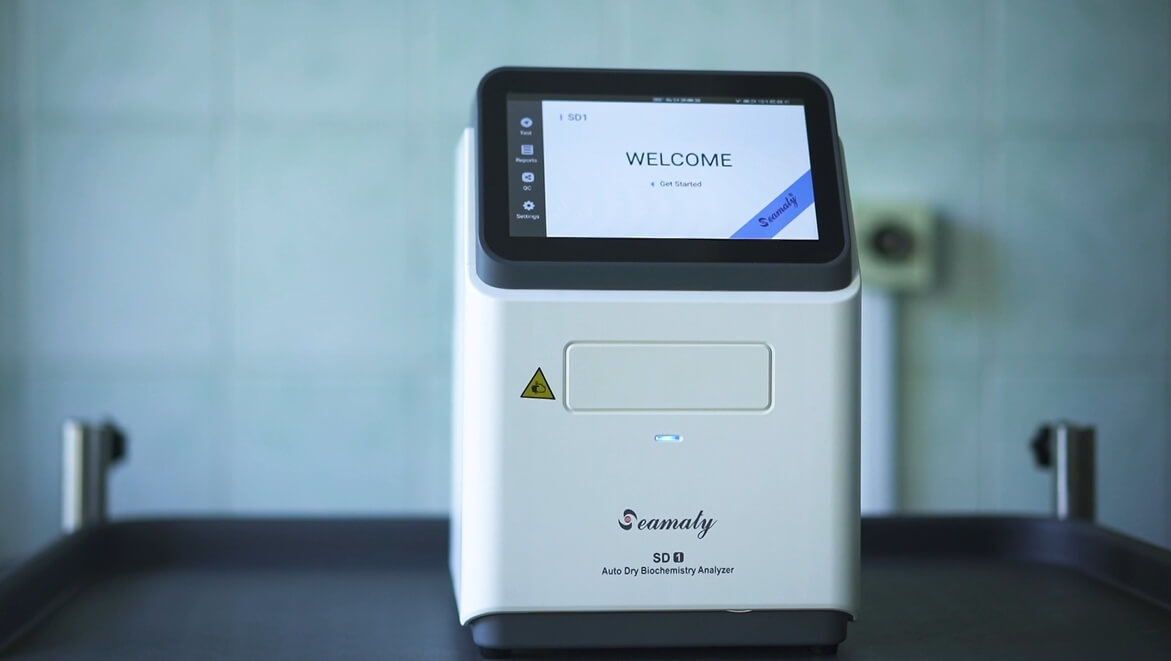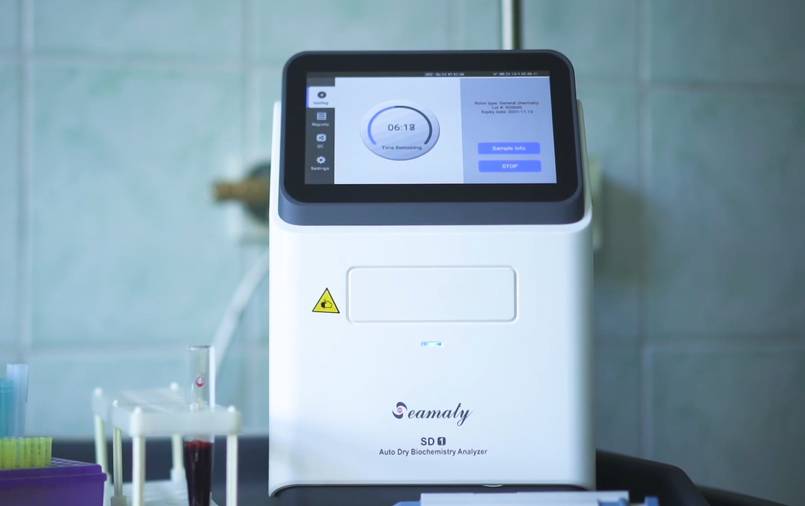Hematology analyzer is currently the most commonly used testing instrument for clinical blood general examination. Instrument frequent use will inevitably malfunction. In addition to some relatively large failures, such as negative pressure pump into the water, peristaltic pump weakness, counting errors or not counting at all, etc. need to be repaired by the instrument manufacturer engineers. In fact, many small faults can be solved by yourself.
Hematology analyzer some common failures: such as counting small hole blockage, aspiration needle blockage, pump tube aging, filter is not smooth, directional valve failure, solenoid valve blockage, waste liquid cup accumulation, insufficient reagent volume and sample volume of the shortage and so on.

How to find and solve the fault of hematology analyzer?
For general failures, most of the current higher grade blood analyzers have fault tips and troubleshooting tips. These faults are generally easy to solve, and most of them can be solved by following the methods indicated by the instrument. For example, a certain reagent out of range, insufficient sample volume, etc.. There are also some tips that are just a phenomenon. For example, a counting error. Because there are a variety of factors can lead to counting errors. For example, the amount of reagent or sample is not enough, the pipeline is clogged, the filter is not good, the counting small hole is clogged, the vacuum pump is water, the computer program is wrong, etc. can lead to counting errors. Therefore, when such errors occur, we need to check them one by one to find out the causes of the errors and solve them.
It is also possible to test certain fixed parameters of the instrument to understand the possible problems of certain components of the hematology analyzer. This requires us to understand the general performance of the hematology analyzer and certain specific parameters. Based on the changes in parameter values to determine where the problem lies or which system. For example, we can know the condition of the vacuum pump by measuring the pressure, whether the filter is clogged, whether the directional valve is out of order, etc.
There are some faults that the instrument neither indicates nor can be understood by testing. We can only understand the cause of the failure by careful observation and analysis of certain phenomena that occur in the hematology analyzer. For example, we often encounter in the work of the instrument can not detect reagents. There are multiple reasons why this problem can occur. For example, peristaltic pump weakness, pump tube aging, filter use too long, pressure reduction, pipe blockage, sensor failure, etc. can lead to this failure.
In addition, if the hematology analyzer can not count. The reasons for this occurrence are: blockage of the small counting orifice, failure of the electronic valve or directional valve, backflow of waste liquid into the negative pressure pump due to the accumulation of liquid in the waste liquid cup, external magnetic field interference, etc. Therefore, when checking certain faults of the instrument, it is necessary to check all factors one by one to find out the causes of the faults and then to eliminate them.
Some hematology analyzer failures may also be caused by unstable voltage or poor grounding. For example, the counting time is prolonged, the program is wrong, and the instrument is dead. This can usually be resolved by adding a regulated power supply, checking the ground, or restarting.
Any hematology analyzer is made up of thousands of parts in various sections. The more automated and more functional it is, the more components it has and the more complex it is. But for an instrument it is a whole, as long as a part of the problem, will certainly affect the other parts. Therefore, when we check and analyze the failure of the instrument, we must take a holistic view and consider all factors.


